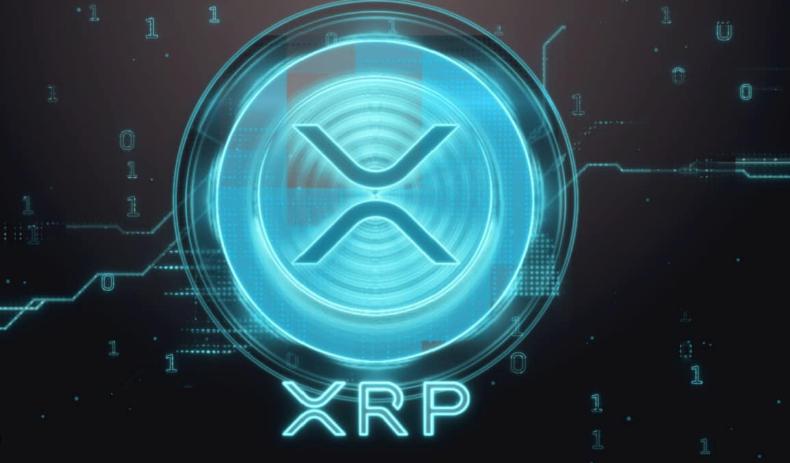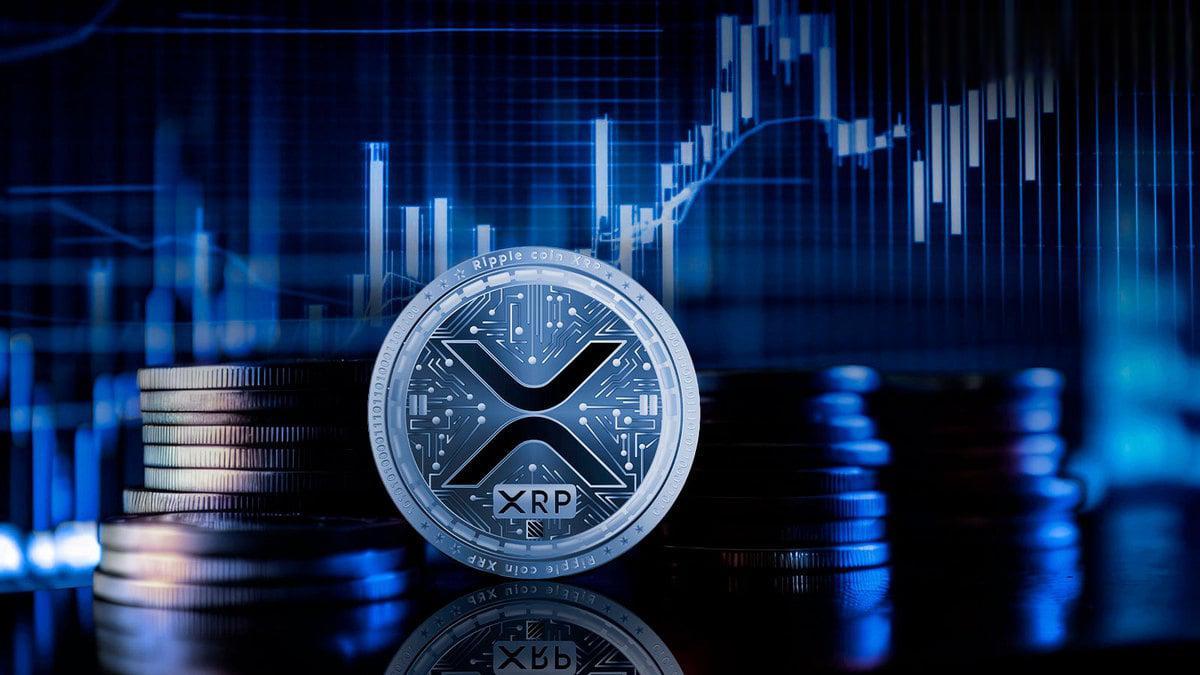The world of digital currencies is unfolding a dramatic tale of two cities, with XRP and Bitcoin acting as two distinct twin brothers, each playing a radically different story on the financial stage in 2023. According to the latest data from blockchain analytics companies, these two cryptocurrencies are attracting completely different groups of investors: XRP is like the social media influencer in a nightclub, appealing to short-term thrill-seeking retail investors, while Bitcoin is more like the steady middle-aged entrepreneur, continuing to attract institutional investors. This divergence is reflected in the data since the lows of 2022, XRP's daily active addresses have surged by 490%, while Bitcoin has only grown by 10%. It's like comparing the attendance of a rock music festival to a high-end financial forum, with the former bustling with people and the latter showing steady growth.

XRP's recent rally seems to be losing steam, much like a party that has gone on until the early hours, with participants starting to show signs of fatigue. Since the end of February, profit-taking investors have gradually exited the market, and new entrants are mostly buying at higher prices, like guests arriving just as the party is winding down. Not only have they missed the best part, but they may also have to pay the price for cleaning up the aftermath. The market structure has become "top-heavy." like an unstable pyramid, with short-term speculators' chips stacked at the top. More worryingly, an increasing number of XRP holders are beginning to sell at a loss, like partygoers quietly sneaking out-often a signal that the celebration is nearing its end.
Analysts are warning that XRP's recent surge may have reached its peak, and retail investors chasing the hype are facing significant downside risk.
Meanwhile, Bitcoin's market is showing a different picture. This "big brother" of the crypto world is undergoing what is known as a death cross," with technical indicators suggesting a potential downturn. However, this phenomenon should be viewed dialectically: like an athlete adjusting their training plan, a short-term dip might be a prelude to a better performance in the future.

Bitcoin's current profit pullback is akin to a marathon runner taking a necessary rest after a long stretch. The digital currency marathoner is adjusting its breathing rhythm rather than facing a fundamental physical crisis. Financial giants like BlackRock and Fidelity's continued push for Bitcoin ETFs is like a professional mountaineering team reinforcing their camp before a storm, showing their firm confidence in the long-term route. These "smart money" players understand that Bitcoin's halving cycle every four years is like the changing of seasons, and after a brief winter, a new growth season will inevitably arrive. In contrast, the XRP market presents a completely different picture. This cryptocurrency, which touts cross-border payments as its selling point, has recently become the "extreme sports arena" of the crypto world. On-chain data reveals a sobering truth: many new investors are entering at high prices, like festival-goers buying overpriced tickets on the last day, missing the best performances and facing the risk of value collapse after the event. The stark contrast in performance between these two digital currencies vividly illustrates the dual nature of financial markets.

XRP represents the market's "dopamine system"-seeking instant gratification, enthusiastic about price fluctuations, and easily driven by narratives; while Bitcoin embodies the market's "prefrontal cortex" —focused on long-term value, favouring steady growth, and relying on rational judgment. With its limited supply, increasingly refined regulatory framework, and growing institutional adoption, Bitcoin is gradually establishing its position as "digital gold." For investors, the key is to recognize their risk tolerance: whether to be a patient Bitcoin "farmer," waiting for the value to grow, or an agile XRP "hunter," seeking opportunities in the volatility.

Economic Cycles: Reshuffling Wealth for All

Elevate Your Financial Standing: Young Adults' Guide

Manage Money Right, Life Goes Smoothly

Open Banking: Finance’s Platform Revolution Era?

Teaching Behavioral Finance to Teens: Building Smarter Money Habits Early

Before Passive Income, Boost Active Income First

Legally Boost Your Money’s Value
